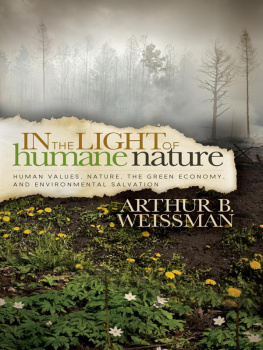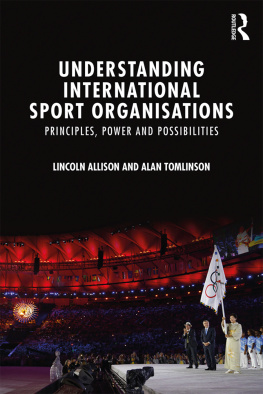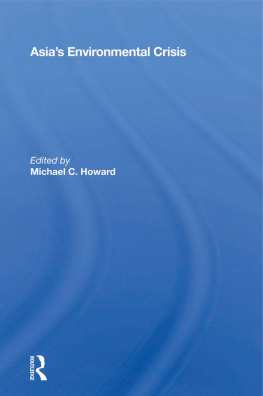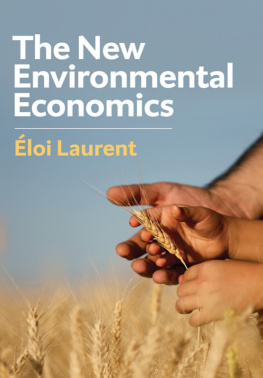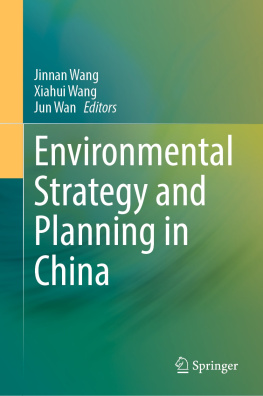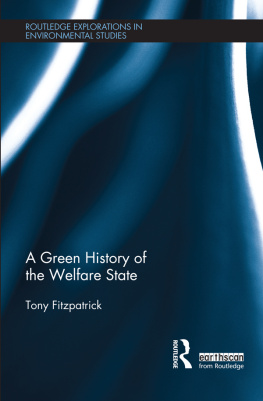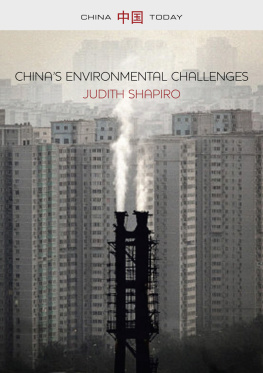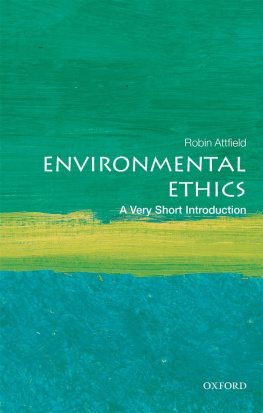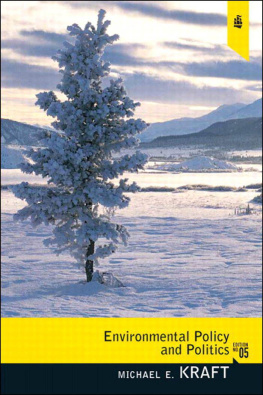
IN THE LIGHT OF humane nature
IN THE LIGHT OF humane nature
HUMAN VALUES, NATURE, THE GREEN ECONOMY, AND ENVIRONMENTAL SALVATION
ARTHUR B. WEISSMAN

NEW YORK
IN THE LIGHT OF humane nature
Human Values, Nature, the Green Economy, and Environmental Salvation
2014 Arthur B. Weissman. All rights reserved.
All rights reserved. No portion of this book may be reproduced, stored in a retrieval system, or transmitted in any form or by any meanselectronic, mechanical, photocopy, recording, scanning, or otherexcept for brief quotations in critical reviews or articles, without the prior written permission of the publisher.
Published in New York, New York, by Morgan James Publishing. Morgan James and The Entrepreneurial Publisher are trademarks of Morgan James, LLC.
www.MorganJamesPublishing.com
The Morgan James Speakers Group can bring authors to your live event. For more information or to book an event visit The Morgan James Speakers Group at www.TheMorganJamesSpeakersGroup.com.
For information on the sustainability of the paper used in this book, please see: http://www1.lightningsource.com/chainofcustody/.

ISBN 978-1-61448-760-9 paperback
ISBN 978-1-61448-761-6 eBook
ISBN 978-1-61448-762-3 audio
ISBN 978-1-61448-864-4 hard cover
Library of Congress Control Number: 2013945577
Cover Design by:
Rachel Lopez
www.r2cdesign.com
Interior Design by:
Bonnie Bushman
In an effort to support local communities, raise awareness and funds, Morgan James Publishing donates a percentage of all book sales for the life of each book to Habitat for Humanity Peninsula and Greater Williamsburg.
 | Get involved today, visit
www.MorganJamesBuilds.com. |  |
To Hope Phyllis Weissman
(1944-2002)
Table of Contents
Preface
The seeds for this work were sown both recently and long ago. While wading through Los Angeles traffic several years ago as we went from interview to interview, Barbara Hodgson, Green Seals publicist, and I rambled through many topics, including what is conventionally known as environmental ethics. I mentioned that I had written a kind of masters thesis years before about the topic, and I briefly described its main themes. From that time on, Barbara encouraged me to resurrect and publish the work to explain what I do as the head of Green Seal, the non-profit US environmental certification organization.
I finally dug out the thesis and reread it. Familiar phrases, passages, and concepts alternated with mostly forgotten arguments. I realized that, whatever its merits, the thesis
I thank Barbara Hodgson for her gentle persistence and faith in my work. She is the godmother of this book.
I also took heart that those themes were worth adapting by the profoundly thoughtful and personal comments of my major advisor on the masters thesis, the late Joseph A. Miller of the Yale School of Forestry and Environmental Studies. Joe was an historian and librarian par excellence, and he did both with quiet zeal.
Of course, my intention in writing this book goes far beyond reviving concepts from my past. Increasingly over my career, as environmental problems have multiplied in gravity and scope, I have wondered what it will take for human beings to appreciate the world around them and the jeopardy they are putting it in. Even as our economy has grown modestly greener and sustainability has become a watchword in business the past twenty years, the overall environmental health of our planet continues to decline. Companies may parade their sustainability reports and awards, but tropical deforestation, habitat and species loss, pervasive toxic pollution, and disruptive climate change continue at dangerous levels, some at accelerated rates. No matter what we have done so far, we hit a wall on reversing our disastrous course. This book puts forth an underlying reason for our environmental crisis and poses a solution to it.
This is not to say that the work of Green Seal and others in protecting the environment and making the economy more sustainable has been in vain. To the contrary: our environmental and health conditions would be far worse today without such efforts, and they have provided clear guidance on the way our economy needs to change and business and society need to operate to ensure a more sustainable future. As the original Green Seal of approval, Green Seal has developed environmental leadership standards for dozens of product and service categories and has certified thousands of products and services that meet the standards. Green Seal has also worked with many government and private agencies to make their operations (purchasing, facilities, etc.) more environmentally responsible, and it has produced numerous guidances in this vein for sectors ranging from office buildings to campuses to hotels and restaurants.
I have been fortunate to be part of the nascent green economy movement for more than twenty years, having joined Green Seal in 1993 and led it since 1996 as it evolved from a theoretical concept to a market force. In addition to overseeing and directing Green Seals programs and activities over this period, I have participated in both national and international efforts to disseminate green practices through standards, guidances, policies, and laws. The narrative material in .
Some early readers have questioned my use in the book of generic names for places and companies. I admit that I am not consistent in this regard, but I have been guided by instinct as to when a more specific name would be useful and when it would distract from the narrative or ideas presented. For this work is not about a particular place, company, or person, but about a societal movement, on the one hand, and about human values toward our world and ourselves, on the other. Where I do name people, I have kept to the first person, but the individuals are real. I trust they will not mind the historical references.
While I am disclaiming, I should note that this book does not necessarily represent the views of my organization, Green Seal, except in the shared goal of making the economy and world more sustainable. I nonetheless want to acknowledge the support given by my board of directors in allowing me to write the book as part of my day job. In particular, our chair, Gary Petersen, recognized immediately the books purpose and fully supported its execution, in keeping with the remarkable support, collegiality, and friendship he has provided over the years. I hope the work will promote Green Seals mission by garnering attention to the underlying values ultimately required for the market and cultural transformation to sustainability.
I want also to thank my highly capable and committed staff at Green Seal, who have brought the organization to a level of unquestioned credibility. In particular, Green Seals progress (and continued existence) would not have been possible without two colleagues who have been with me for most of my years at Green Seal, Mehreteab Masho, our CFO, and Mark Petruzzi, our SVP. Green Seal exists in the first place because of the extraordinary vision of its founder, Rena Shulsky David. Credit is also due to the two earlier board chairs who guided us in our formative years, Denis Hayes and Bryan Thomlison.
Next page
